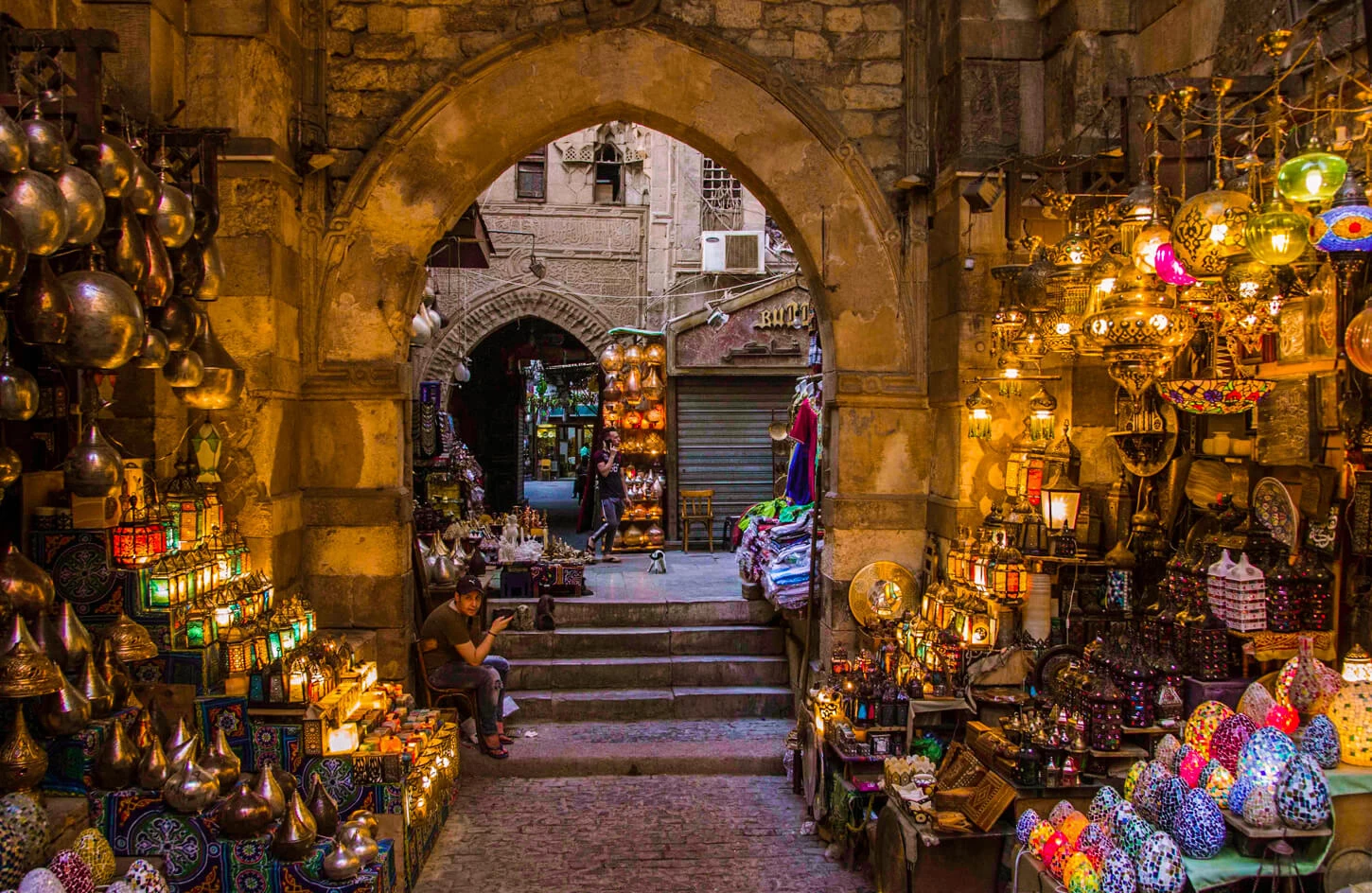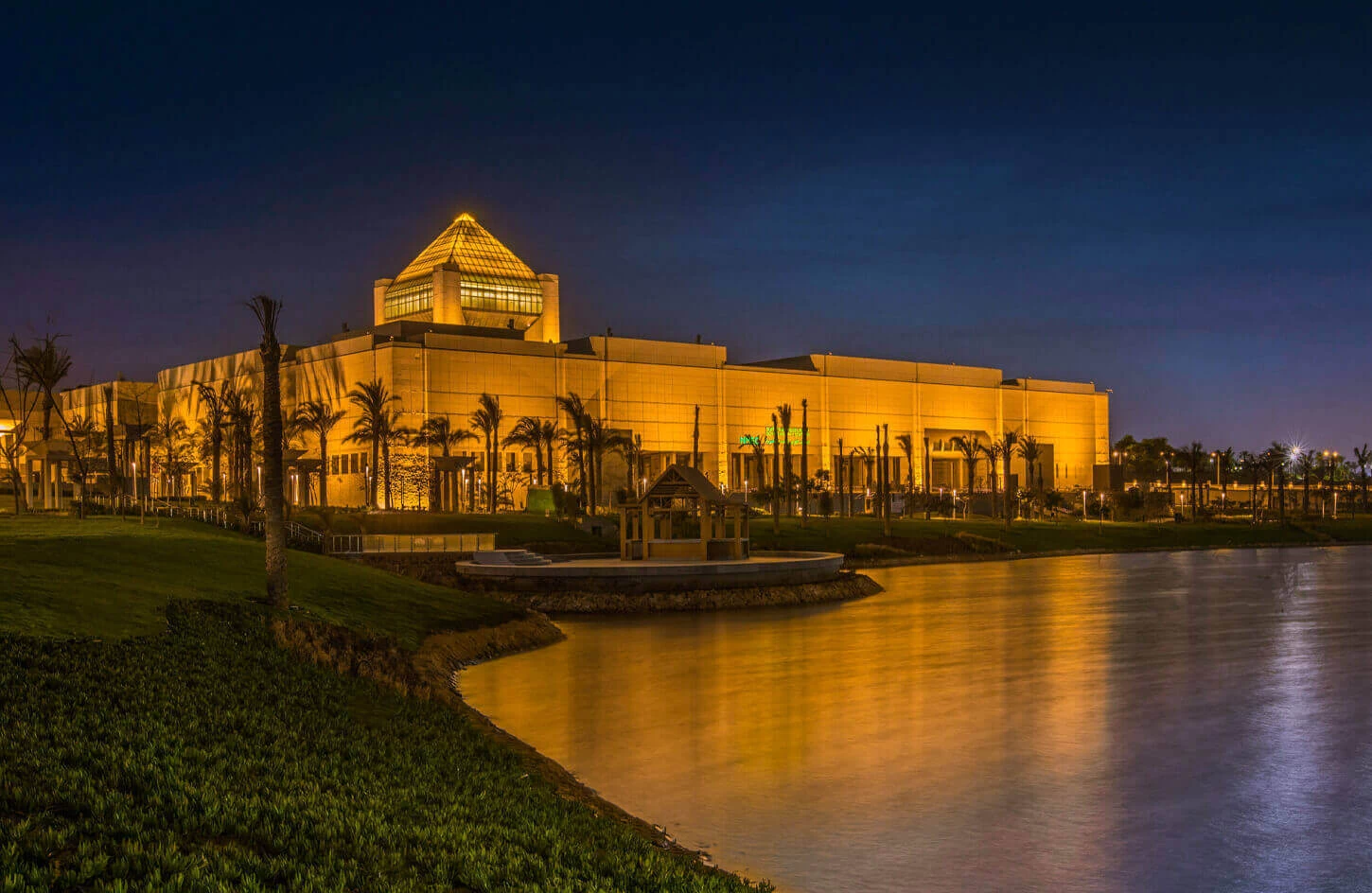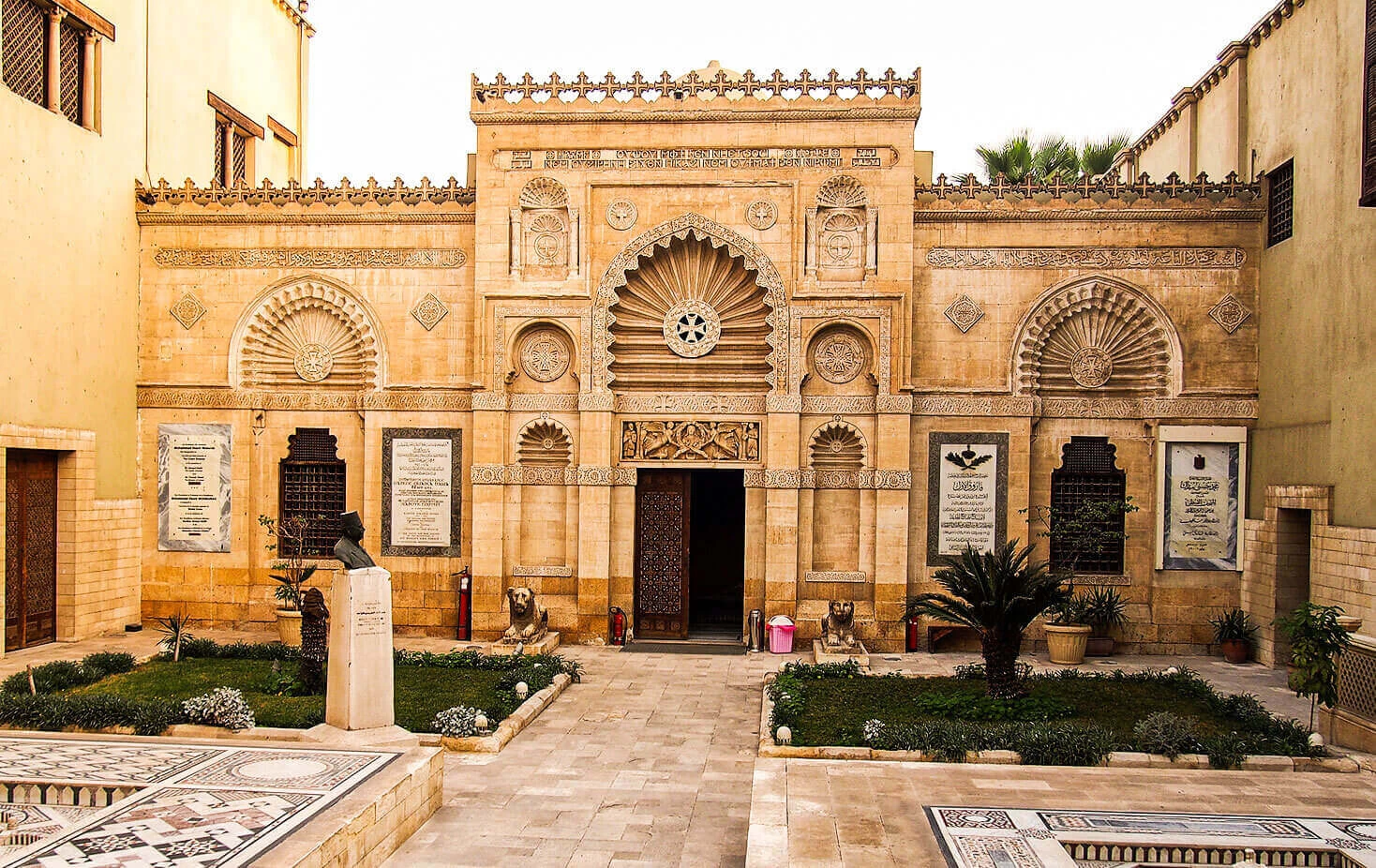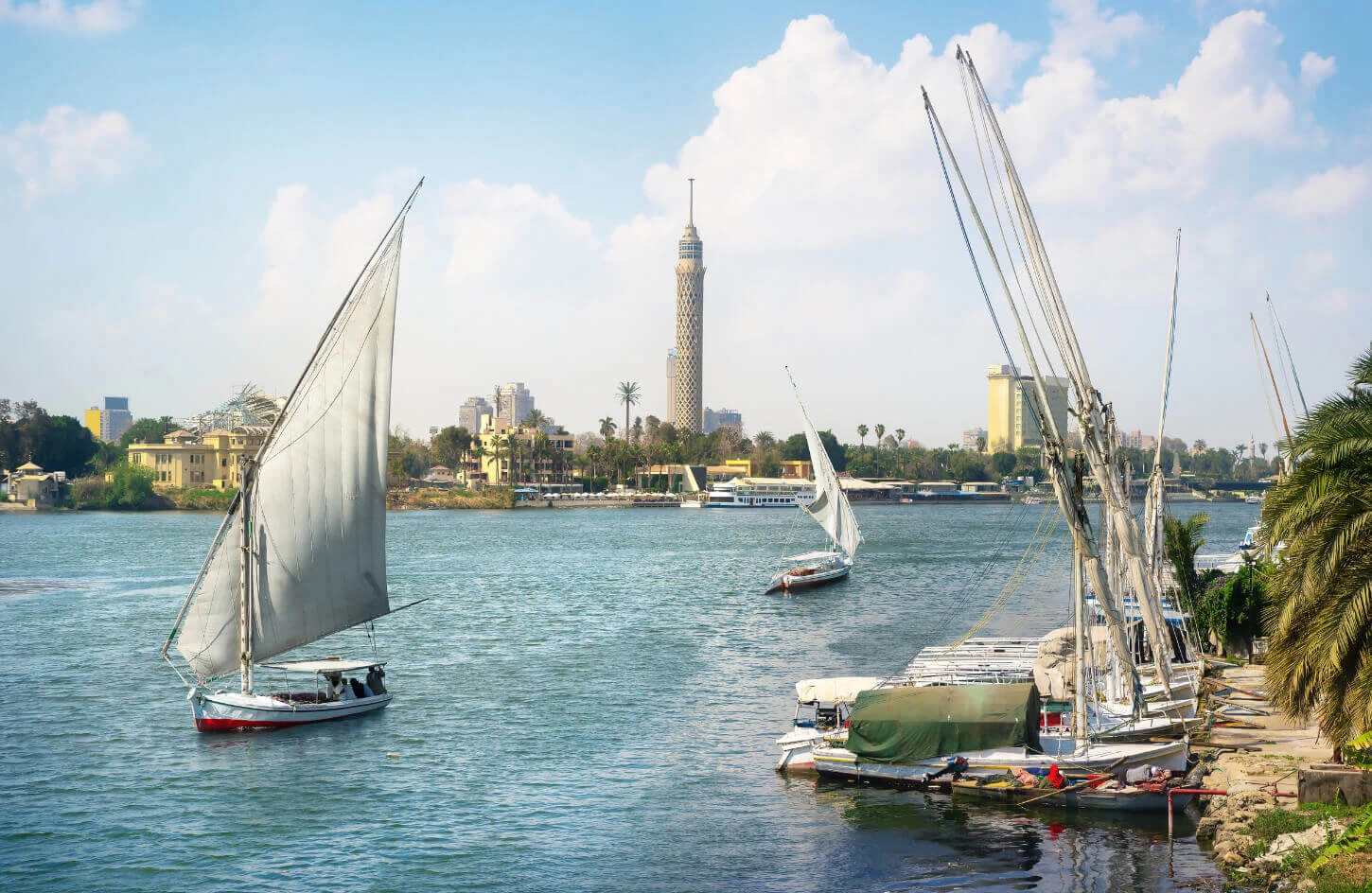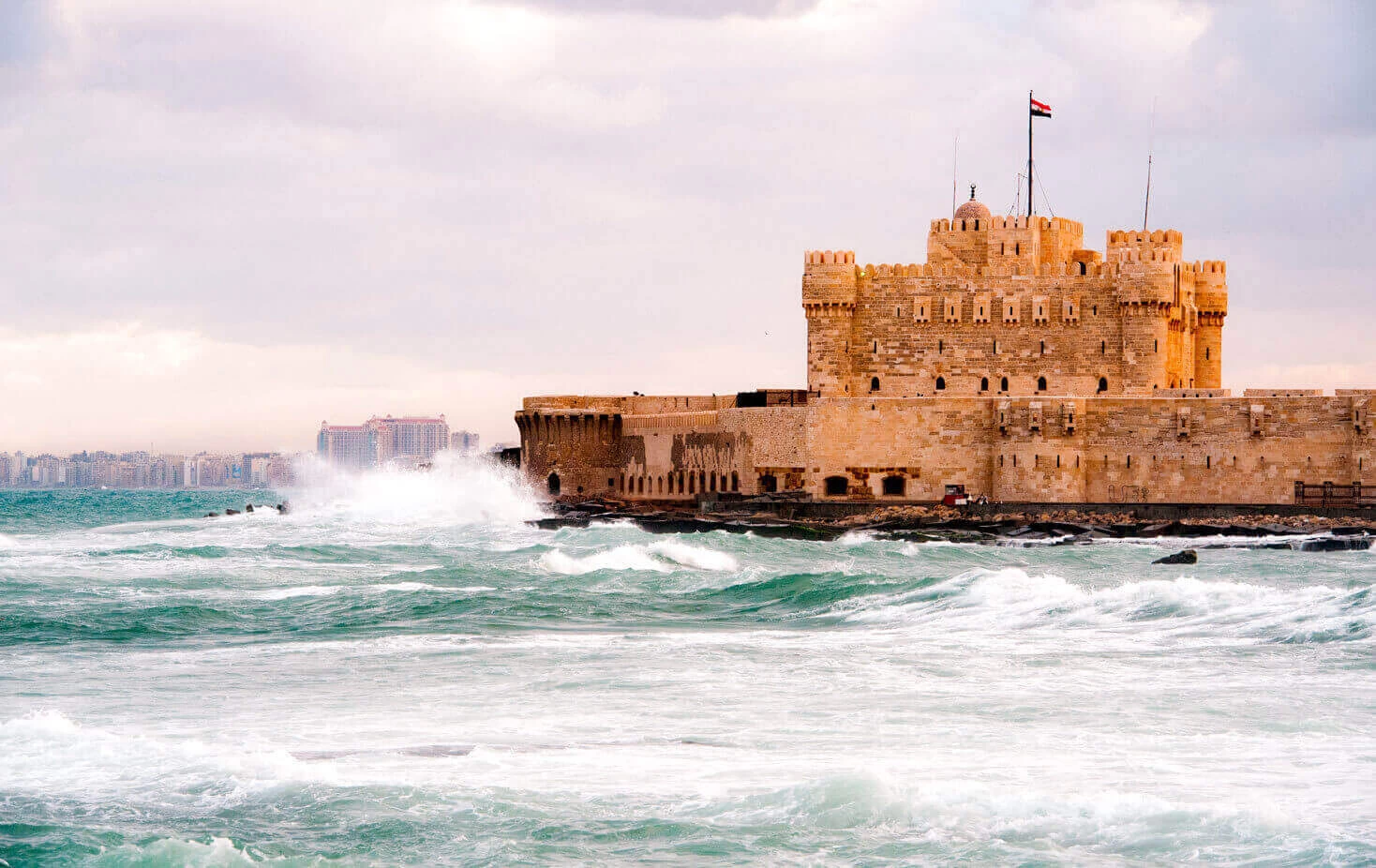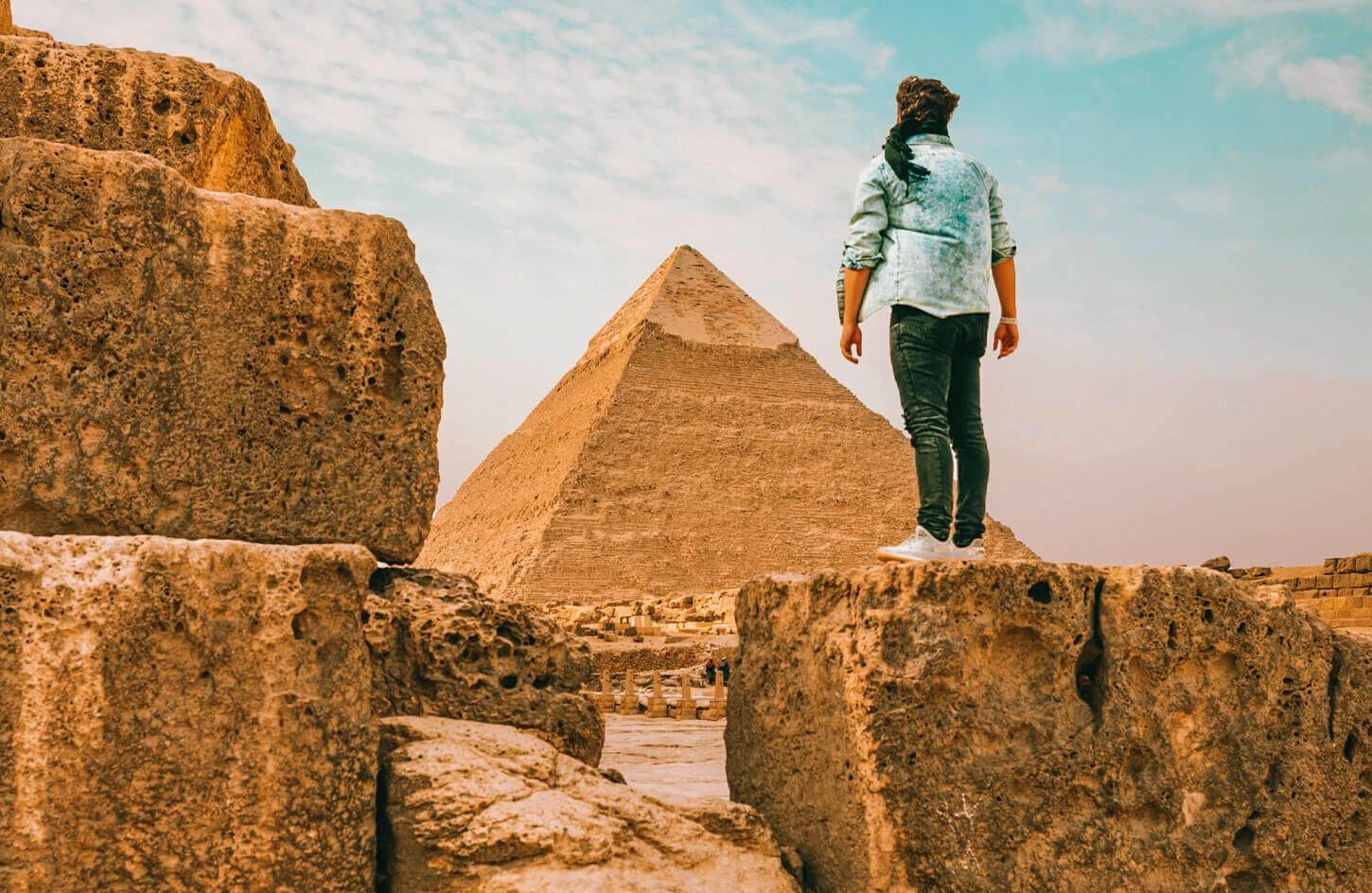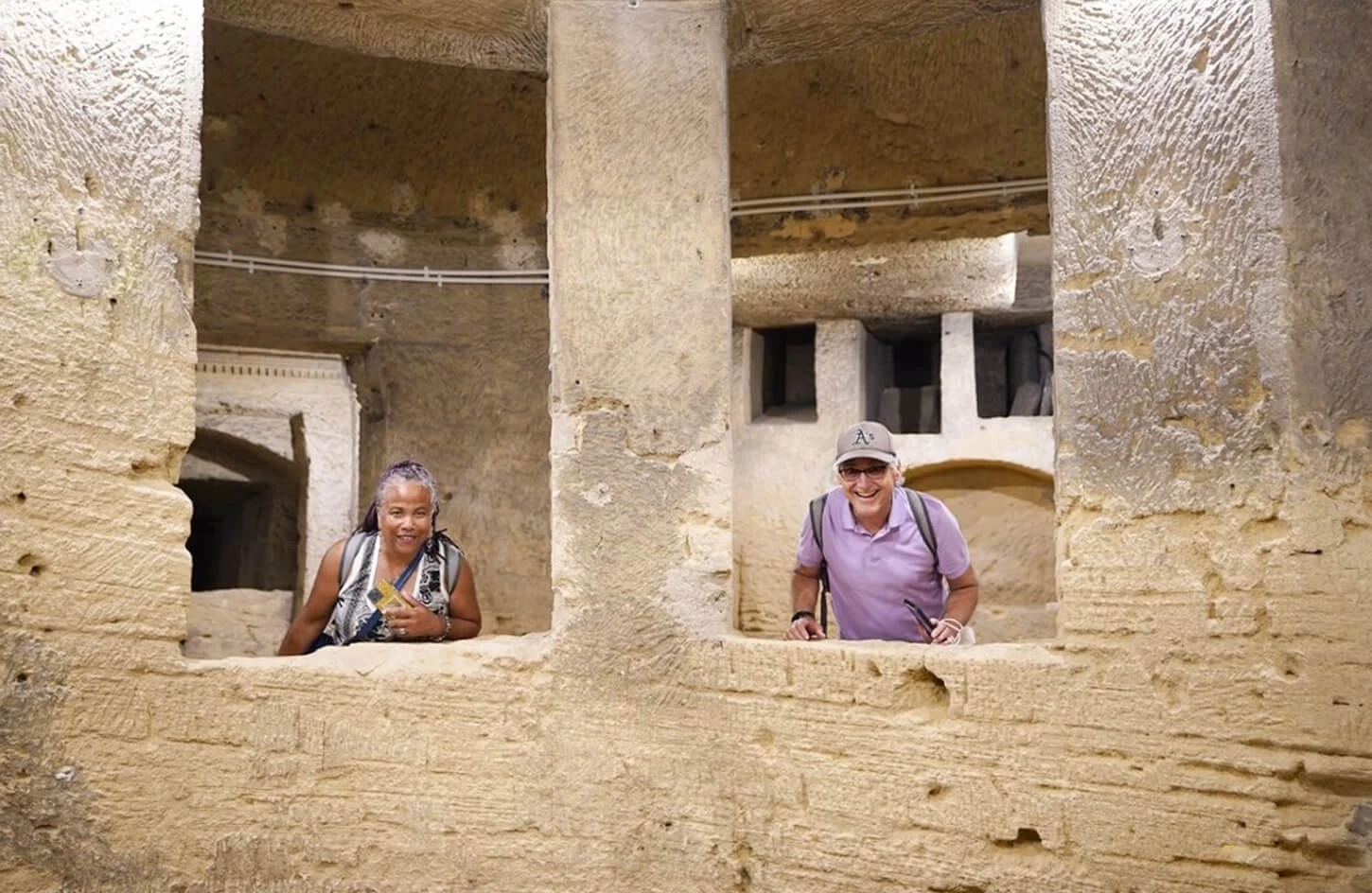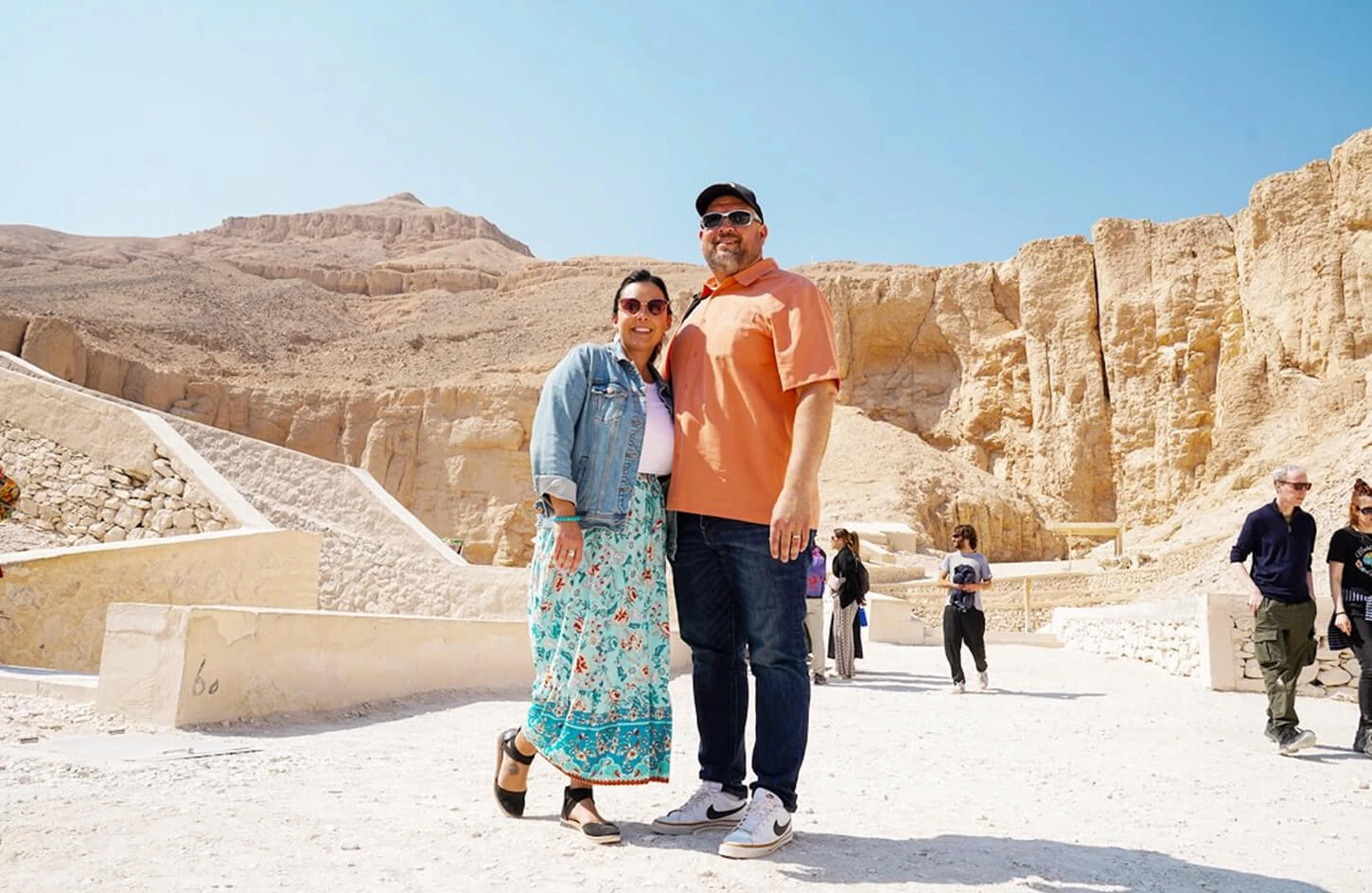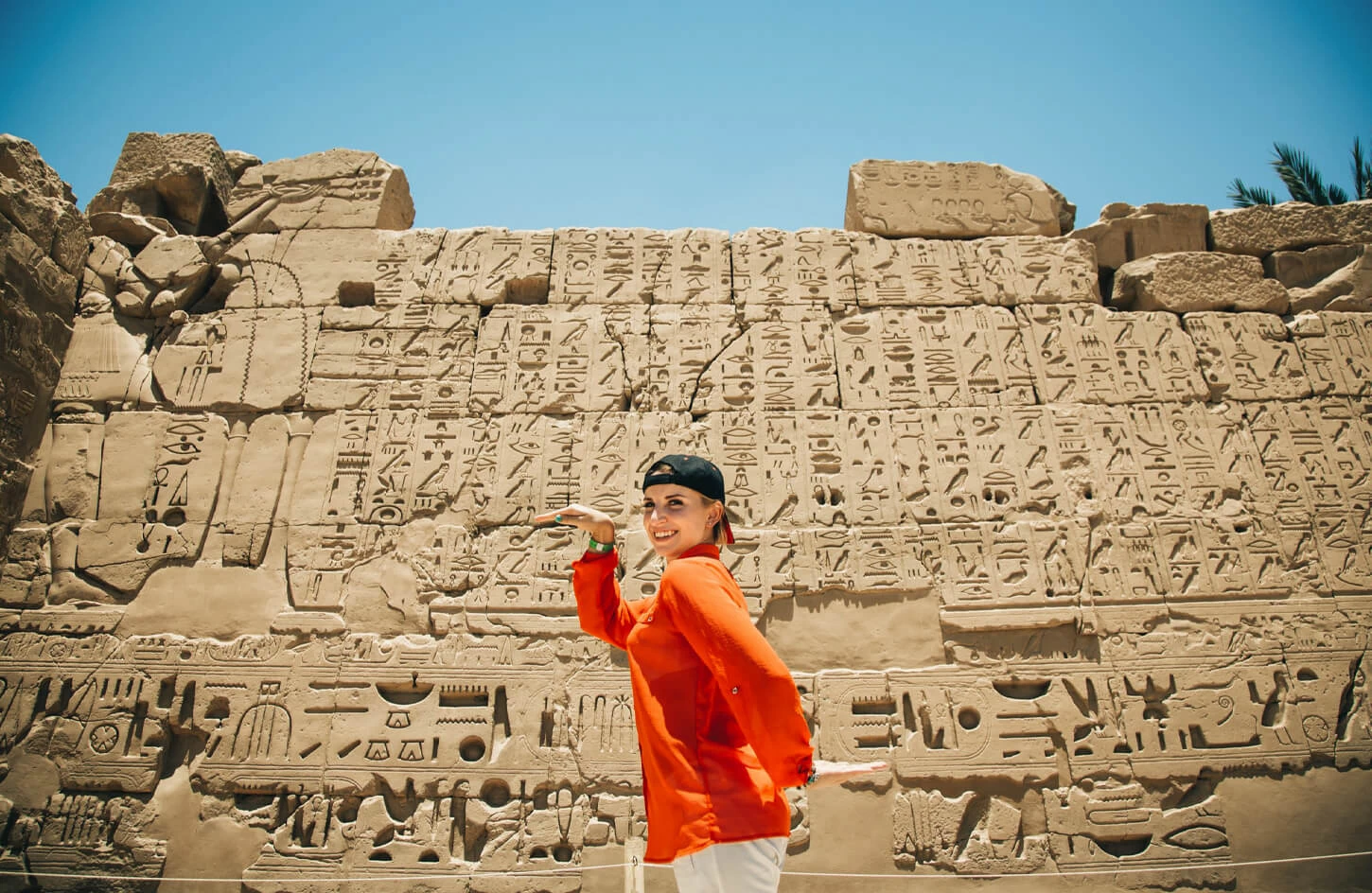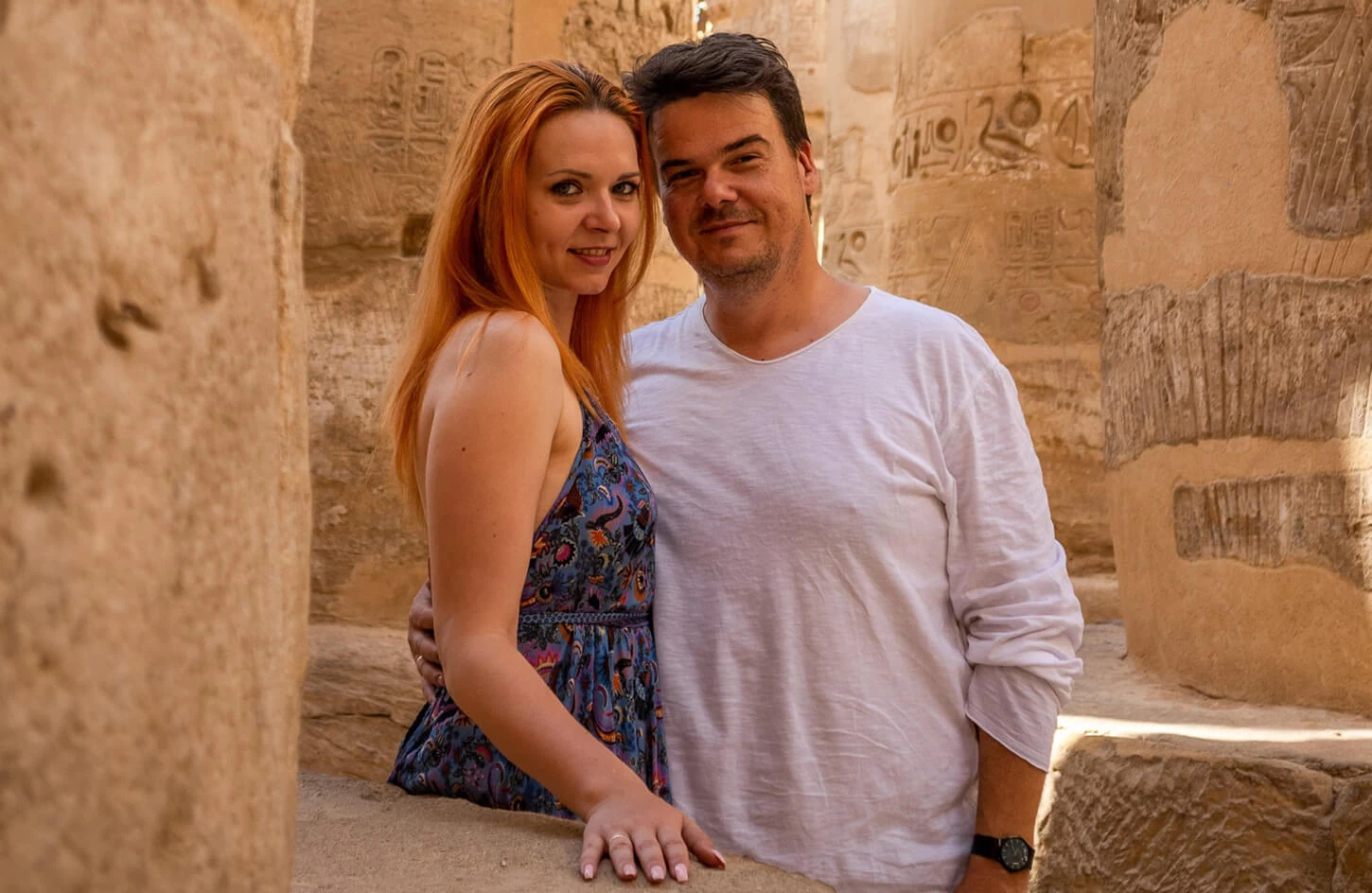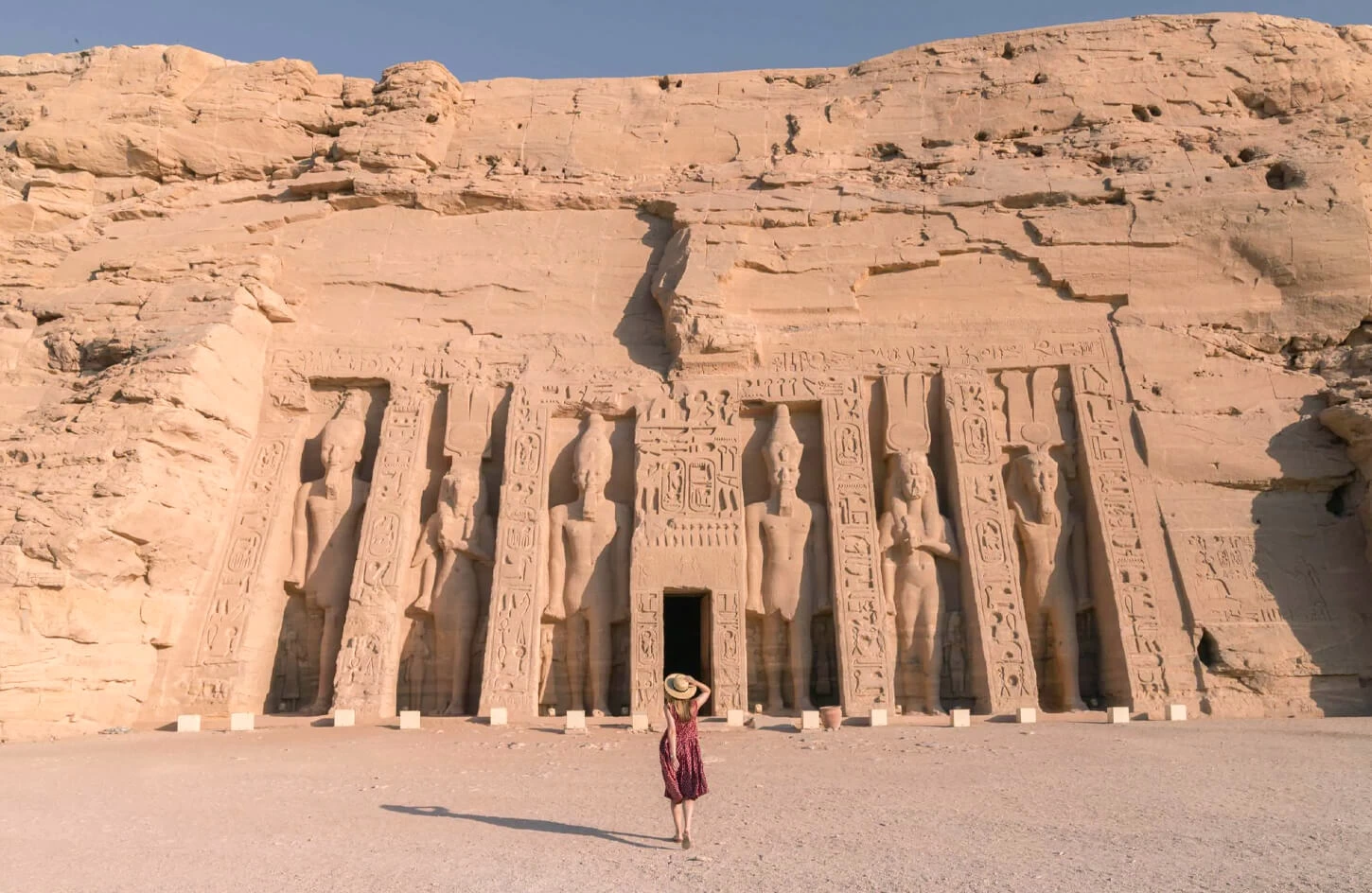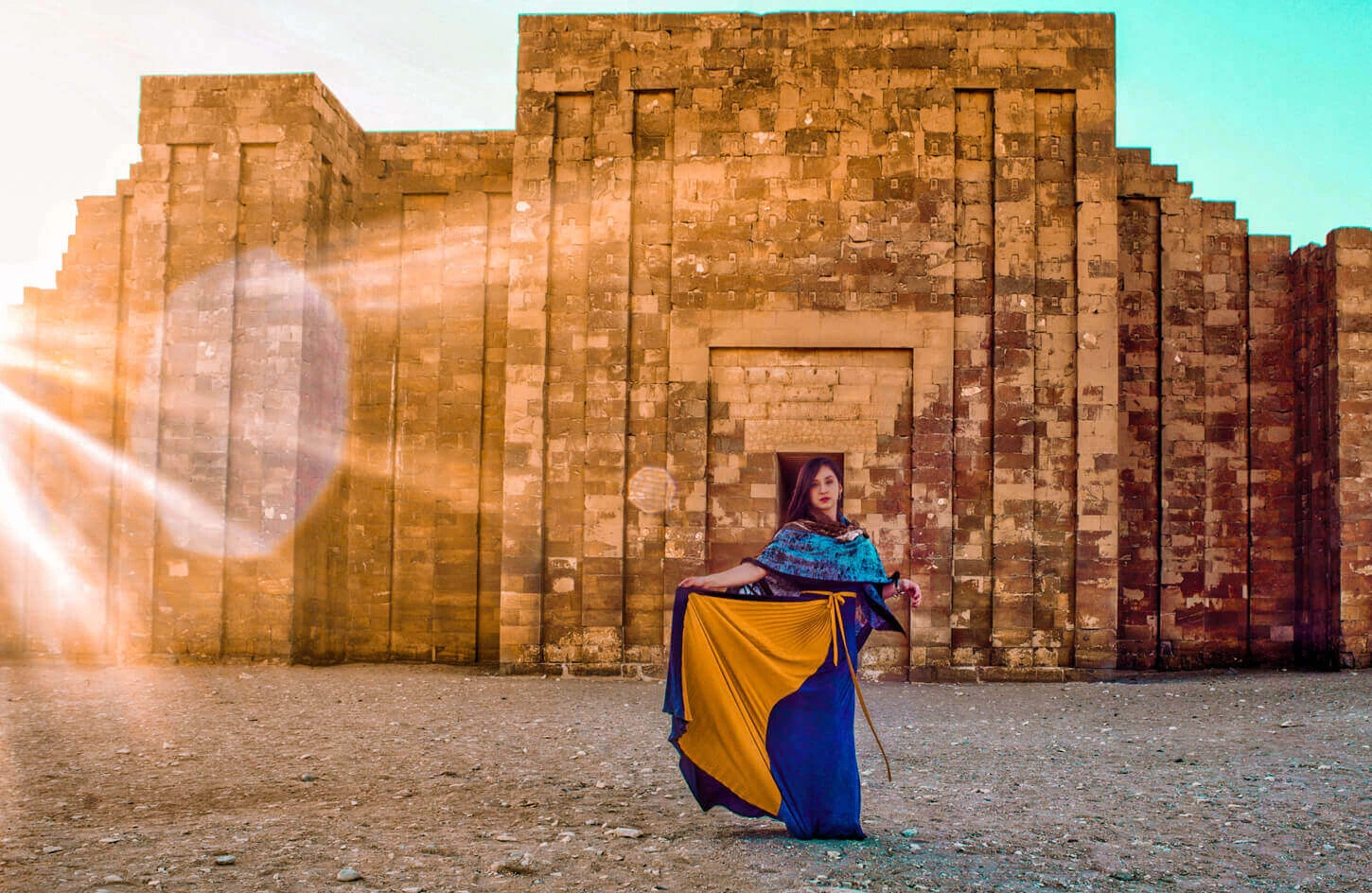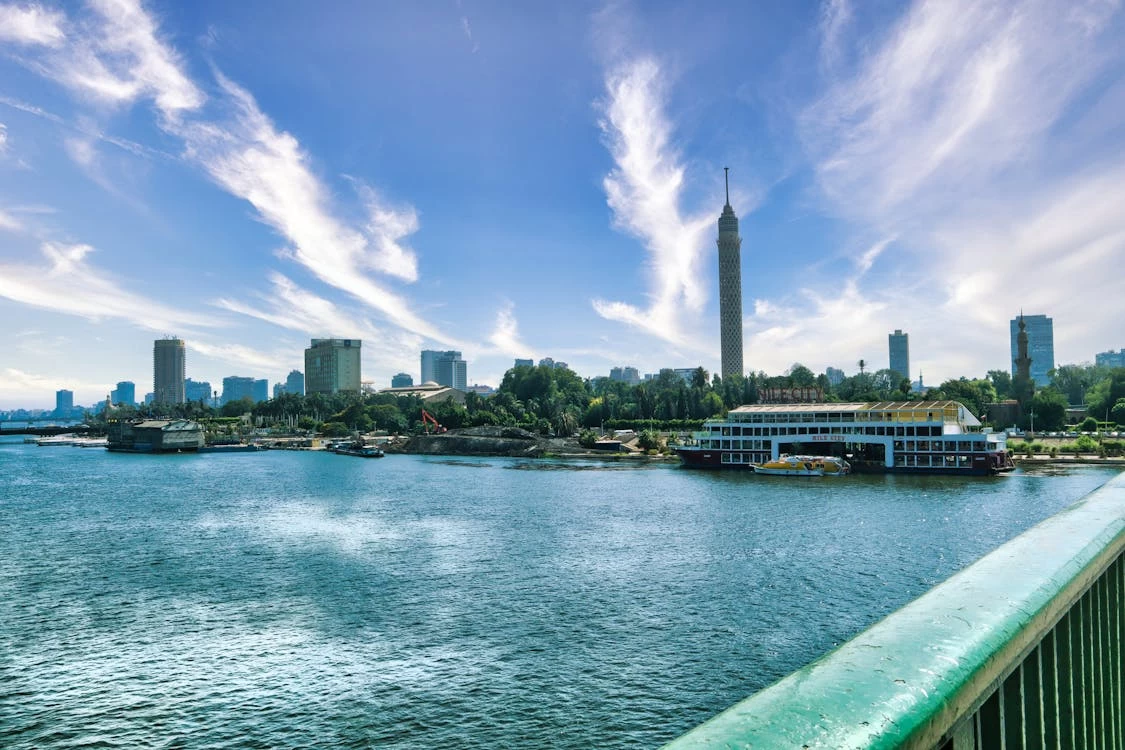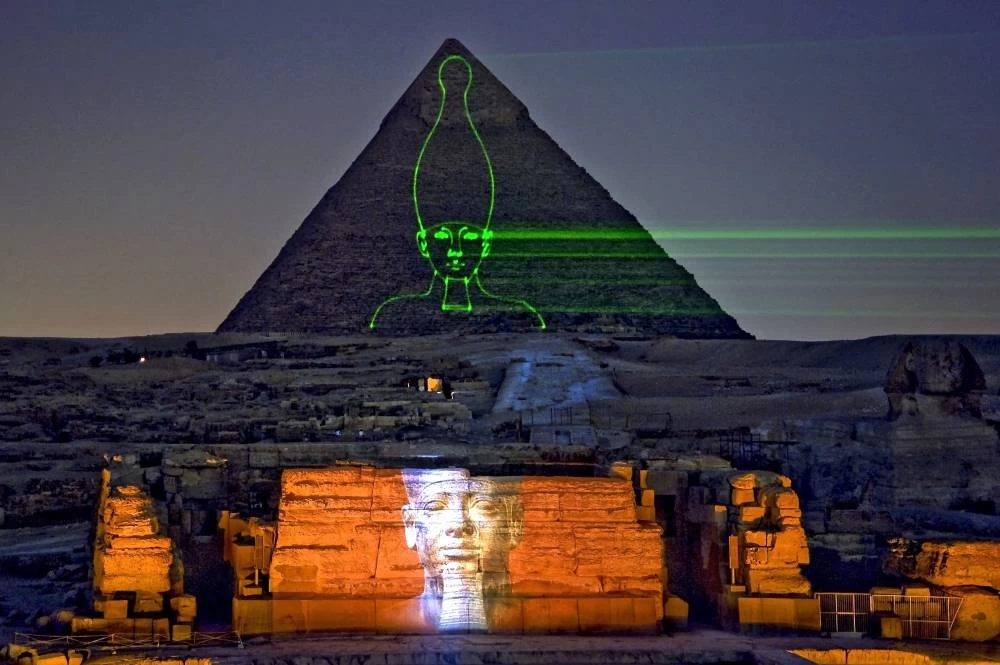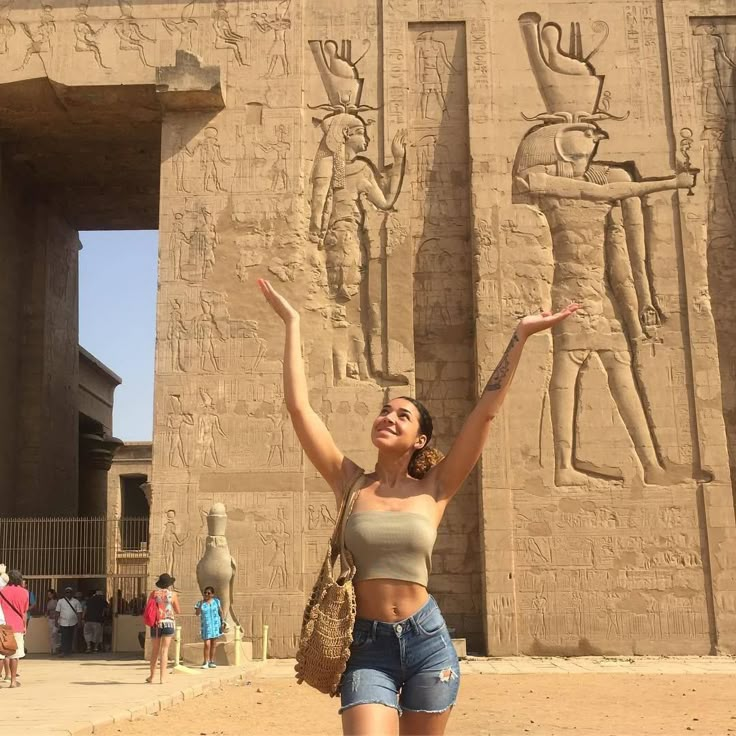Mohamed Ali Mosque
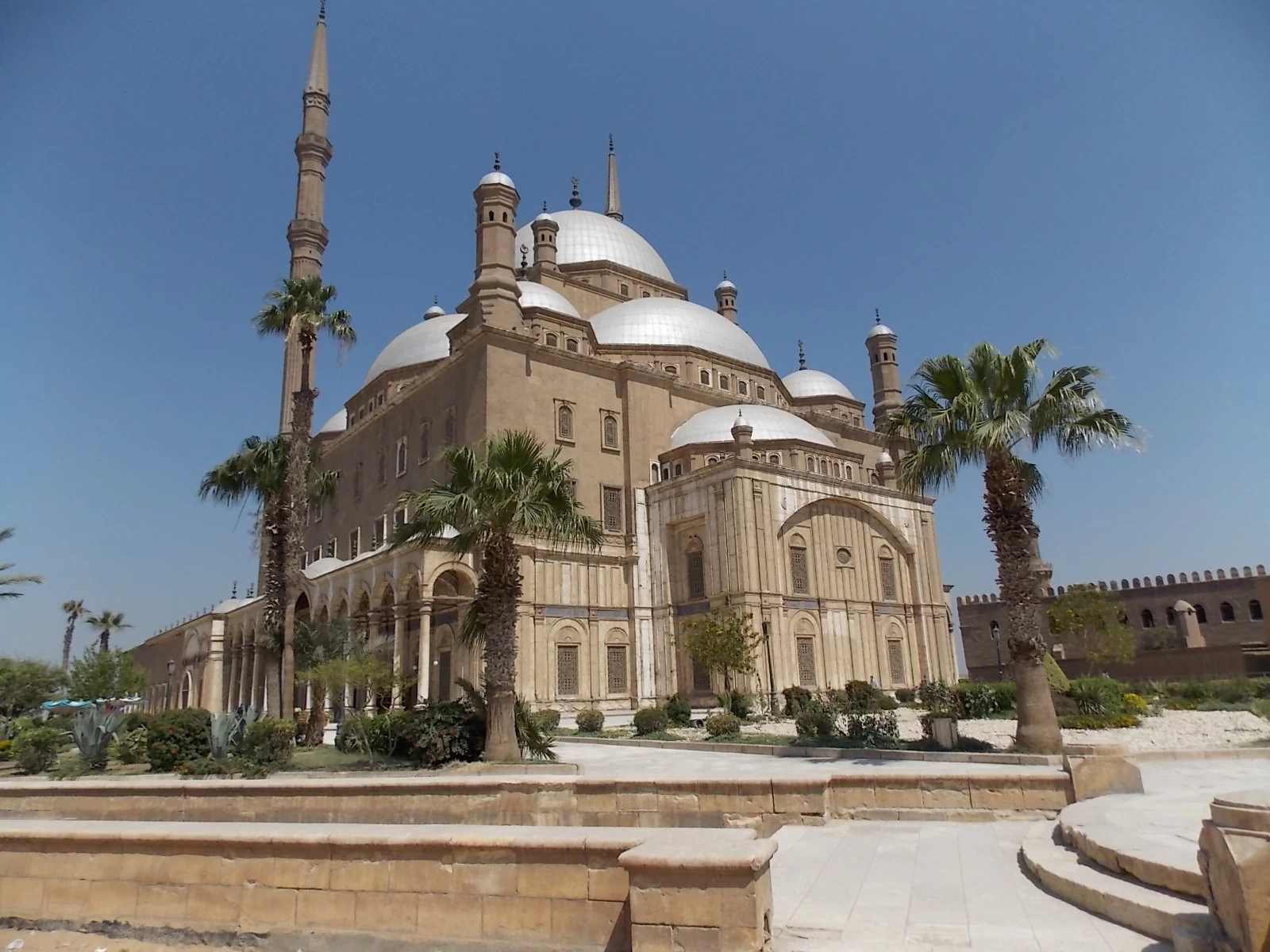
Among all Islamic landmarks in Cairo the Mohamed Ali Mosque stands out as the most well-known structure. The Citadel of Saladin supports a magnificent structure which stands out across the city horizon as it showcases Egypt's historic past along with cultural heritage. Travelers seeking to discover this architectural masterwork should book tours with Egypt Day Trips to embark on an exceptional tour of the mosque.
Mohamed Ali Pasha: The Visionary Behind the Mosque
Mohamed Ali Pasha, an Ottoman governor of Albanian origin, rose to prominence in the early 19th century. Mohamed Ali Pasha established modern Egypt through his wide-reaching agricultural modernization measures and strengthened national defenses as well as construction programs that led Egypt toward independent development from the Ottoman Empire. The construction of the Mohamed Ali Mosque represents his goal to restore Egypt's prominent status.
History of the Mohamed Ali Mosque
Mohamed Ali Pasha ordered the mosque construction, which began in 1830 and ended in 1857. The structure was built to commemorate his firstborn son, Tusun Pasha, who died in 1816. Today, the history of Mohamed Ali Mosque is deeply intertwined with Egypt’s journey toward modernization.
The builders destroyed Mamluk palaces that stood at the site before constructing the mosque. The mosque received its design inspiration from prevailing classical Ottoman architectural elements of that period as Mohamed Ali sought to bring Egypt in line with modern Ottoman and European design standards.

Location of the Mohamed Ali Mosque
From its prime location inside the historic Citadel of Saladin, this mosque is a must-see attraction for anyone interested in Cairo sightseeing and exploring Islamic Cairo attractions.
The UNESCO World Heritage site, which is the Citadel, served Salah al-Din (Saladin) as his important military and administrative center after he established it in the 12th century. The Citadel location of the mosque demonstrates its prime significance because Mohamed Ali aimed to create a permanent historical legacy.
Architectural Marvel: Ottoman Influence in Egypt
The Mohamed Ali Mosque Cairo is a prime example of Ottoman-style mosques in Egypt, featuring classical Ottoman elements such as a large central dome and towering minarets. The builders designed this mosque following the majestic Sultan Ahmed Mosque from Istanbul by adding a giant central dome coupled with semi-domed features and erecting two minarets that extend up to 80 meters. Alabaster material covers each wall from inside and outside of the mosque, which has made it earn its nickname "Alabaster Mosque." The architectural style implemented at this venue signified an emerging era in Egyptian design because it differed from the traditional Mamluk designs found throughout Cairo.

Why Mohamed Ali Mosque Is a Must-Visit in Cairo
Stepping inside the Mohamed Ali Mosque Cairo lets travelers walk through a crucial period in the history of Mohamed Ali Mosque and experience one of the best mosques in Egypt. The mosque stands as a significant point of attraction for scholars and tourists because of its remarkable architectural beauty that carries vital historical value. From its high vantage point, visitors can enjoy stunning Cairo city views that deliver an exclusive vision across the extensive urban terrain. The Mohamed Ali Mosque is enhanced by its close neighborly connection to the National Military Museum, which adds depth to the cultural opportunities available at the Citadel.
Facts About the Mohamed Ali Mosque
-The twenty-year construction period of the mosque lasted from 1830 through 1857.
-The mosque exhibits Ottoman architectural design elements that mirror the grand mosques of Istanbul even though its architect remains unknown.
-Alabaster dominates the mosque as an essential building material because the extensive interior usage gives the structure its signature luminous aesthetic.
-Throughout the years, restoration teams conducted multiple projects to safeguard both the architecture of the mosque and its beautiful designs, which makes it draw in visitors today.
Mohamed Ali Mosque vs. Ottoman Mosques
The Mohamed Ali Mosque incorporates distinctive architectural features into its structure, which distinguishes it from other Ottoman mosques in Turkey. The mosque stands out because it occupies a foremost location at the Cairo Citadel and because alabaster elements feature widely throughout its construction. The mosque, originally built during Egypt's period of substantial national changes, carries specific historical weight because it symbolizes the country's modernization under Mohamed Ali Pasha's leadership.
The Mohamed Ali Mosque exists as both a work of exquisite architectural design and historic historical value, which depicts Egyptian cultural heritage. Among Cairo's skyline, the significant minarets and lofty domes make this religious monument serve as a permanent representation of societal strength. Any person interested in viewing Egyptian historical architecture must see the Mohamed Ali Mosque during their national tour.
